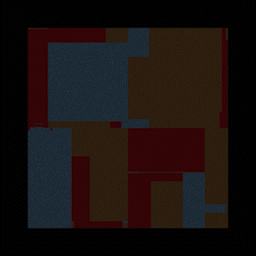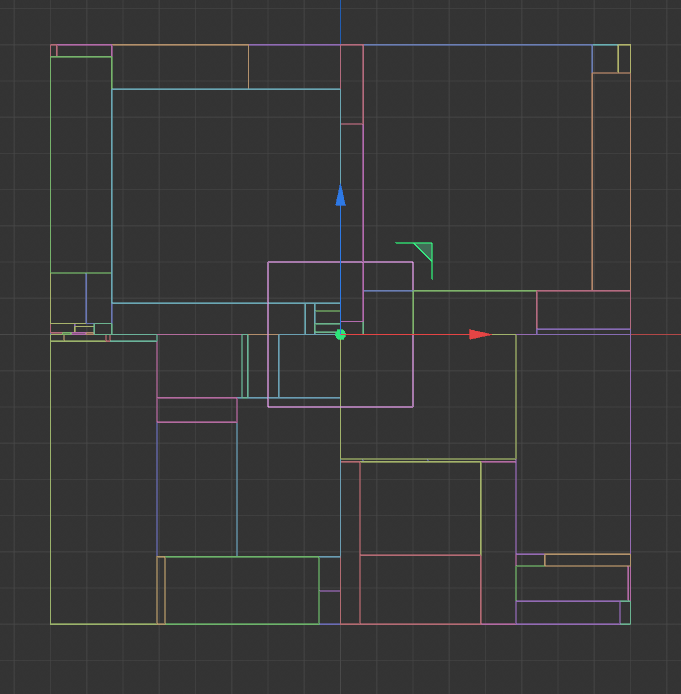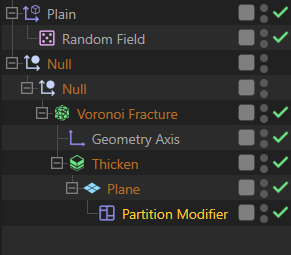


Cinema 4D Partition Modifier: Streamline Procedural Asset Grouping and Effects
Cinema 4D’s ever-evolving toolset brings procedural power to artists, and the Partition Modifier is a vital asset for advanced scene management and effect assignment. If you’re working with large numbers of objects, cloners, or complex procedural setups, understanding the Partition Modifier will give you a new level of control and creative flexibility.
What is the Partition Modifier in Cinema 4D?
The Partition Modifier allows you to assign objects or assets into distinct groups (partitions) based on a range of rules or fields. Once partitioned, you can target these groups individually for selection, effects, or asset management, making your Cinema 4D projects more modular and non-destructive.
Key Features and Benefits
- Automatic Grouping: Easily divide assets into logical groups for advanced workflows.
- Efficient Selection: Quickly select or affect only specific partitions without manual tagging or selection.
- Field Integration: Use fields to dynamically control partition membership, enabling animated or conditional grouping.
- Enhanced Proceduralism: Adapt to changes in scene structure or asset count without breaking your workflow.
How Does the Partition Modifier Work?
- Add the Partition Modifier:
Insert the Partition Modifier into your scene as part of your procedural asset stack (e.g., inside a Neutron Asset Modifier context or other procedural setup). - Set Partition Rules:
Choose how objects are grouped—by index, random, or via fields. For example, you might partition every 5th asset, create random groups, or use a field to assign group membership. - Downstream Targeting:
Once partitioned, you can use selection nodes, effectors, or other modifiers to target these groups. This is especially useful for:
- Applying different effects to different groups
- Staggering animations
- Assigning varied materials or dynamics
- Procedural Updates:
If the underlying asset count or structure changes, the Partition Modifier updates automatically, maintaining consistent group logic.
Example Use Cases
- MoGraph Cloner Management: Partition clones for staggered animation or varied effects.
- Layered Effects: Apply different deformers, materials, or simulations to different groups.
- Procedural Asset Management: Organize assets for large-scale scenes or modular setups.
- FX and Animation: Drive which particles, clones, or meshes are affected by specific modifiers, creating dynamic, evolving effects.
Tips for Using the Partition Modifier
- Combine with Fields: Use fields to drive partition rules for interactive, animated, or procedural group assignment.
- Non-Destructive Workflow: Since partitions update automatically, you can experiment freely without manually re-assigning groups.
- Selection Tag Integration: Use the resulting partitions to drive selection tags, effectors, or user data for maximum flexibility.
Why Use the Partition Modifier?
The Partition Modifier isn’t just about organization—it’s about empowering procedural workflows. With it, you can handle complexity in a modular way, avoid repetitive manual tasks, and unleash creative approaches to asset management, animation, and effects in Cinema 4D.
Ready to take control of your procedural assets? Try the Partition Modifier in your next Cinema 4D scene and see how it enhances your workflow!